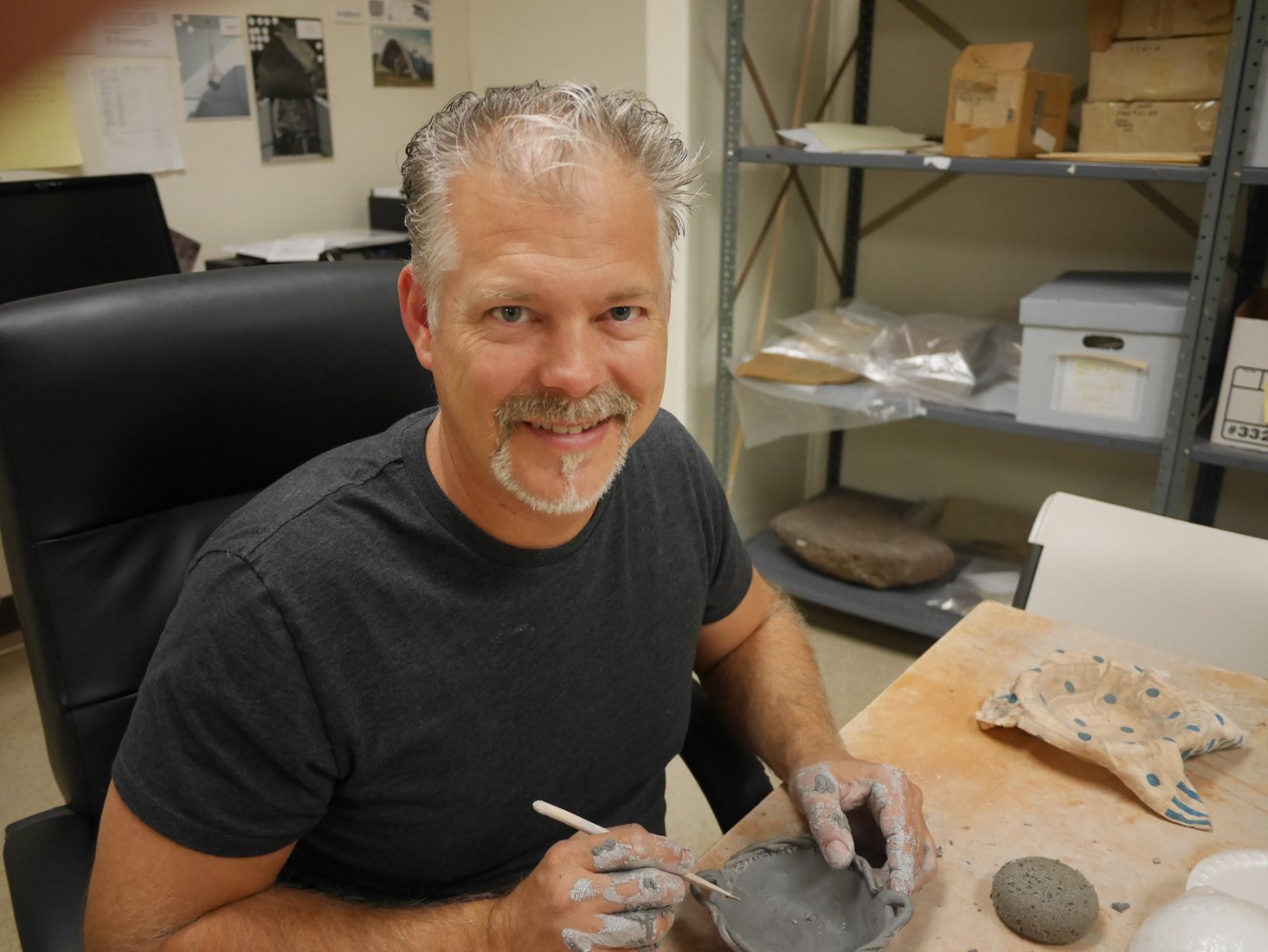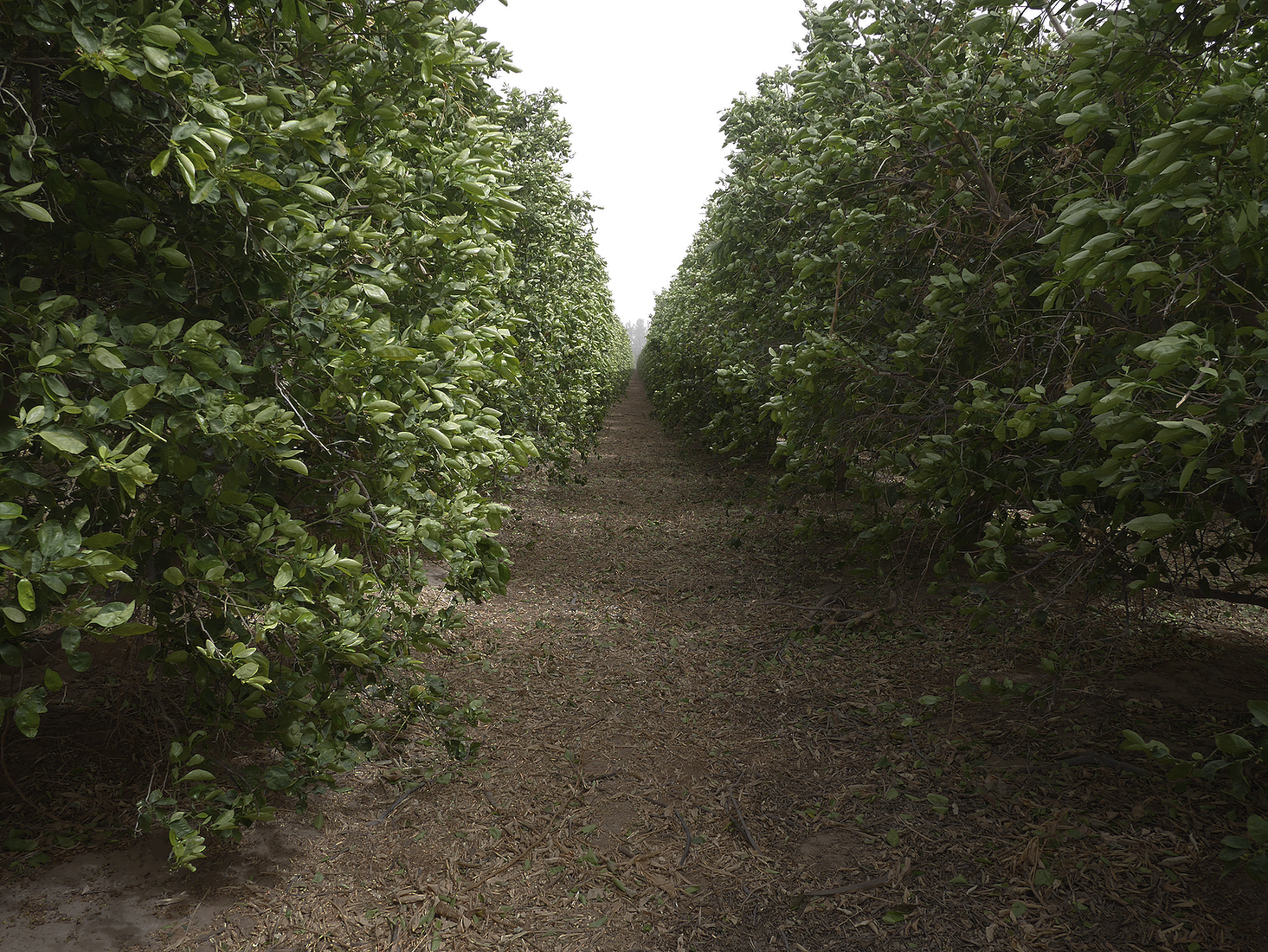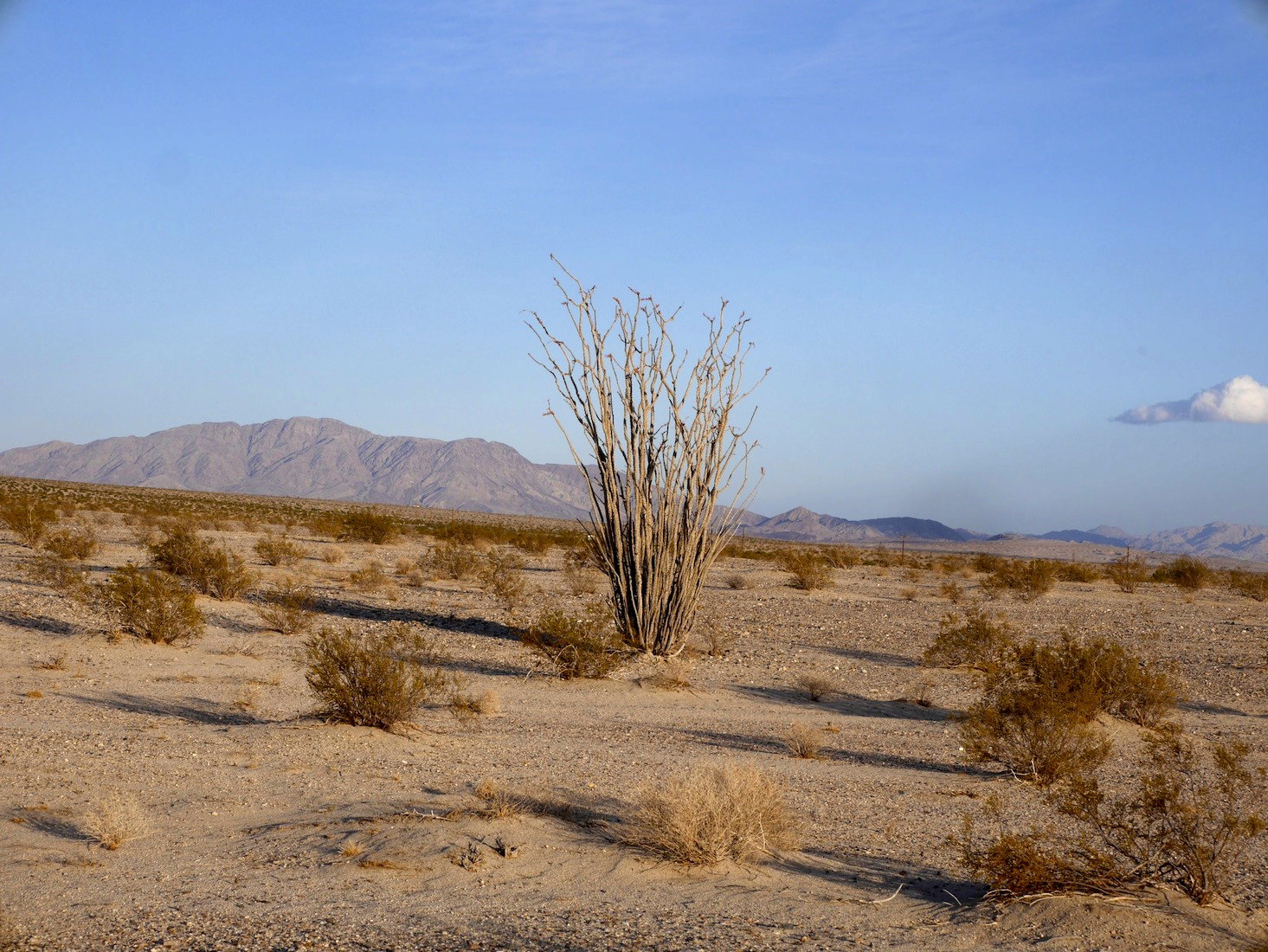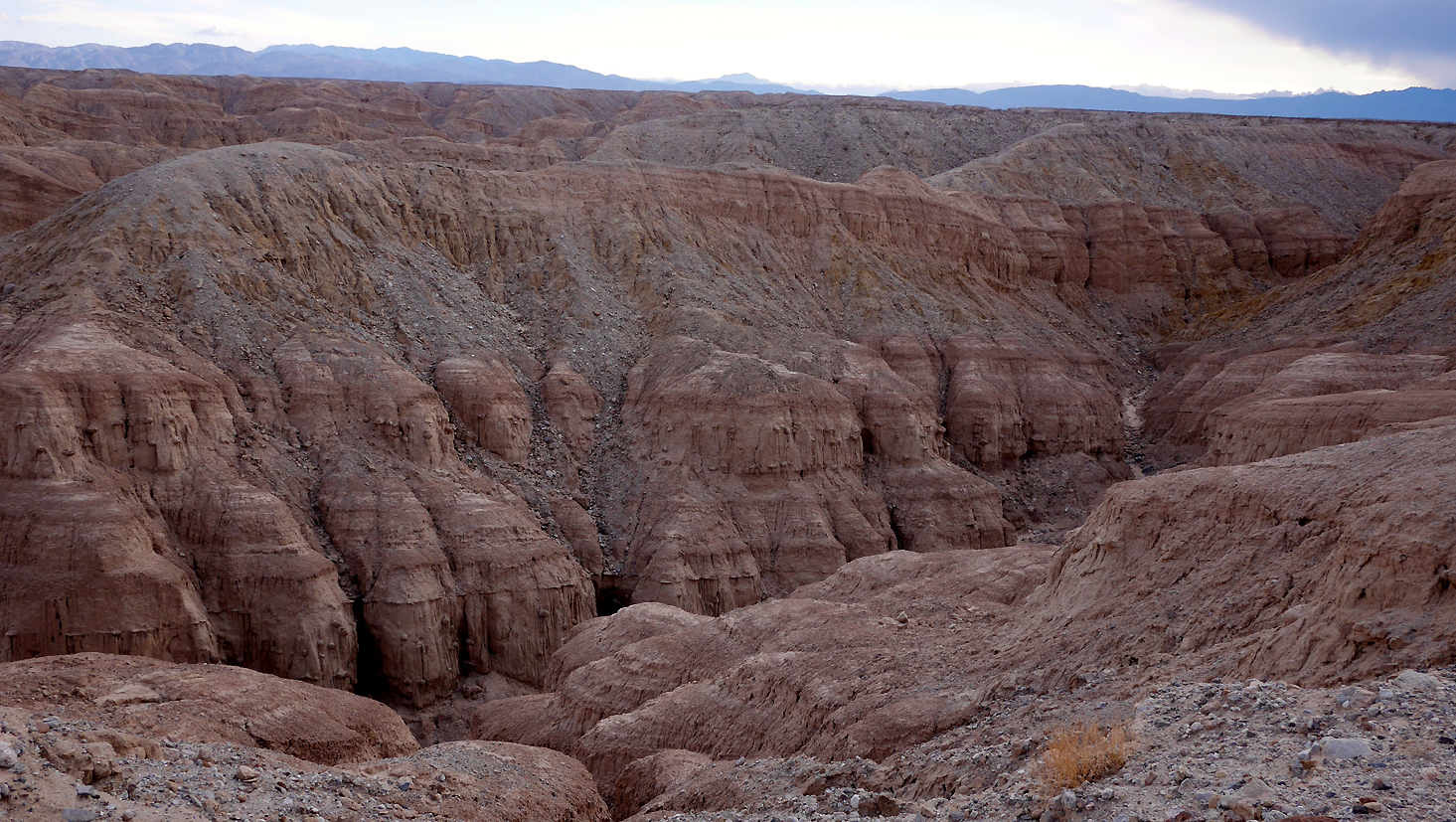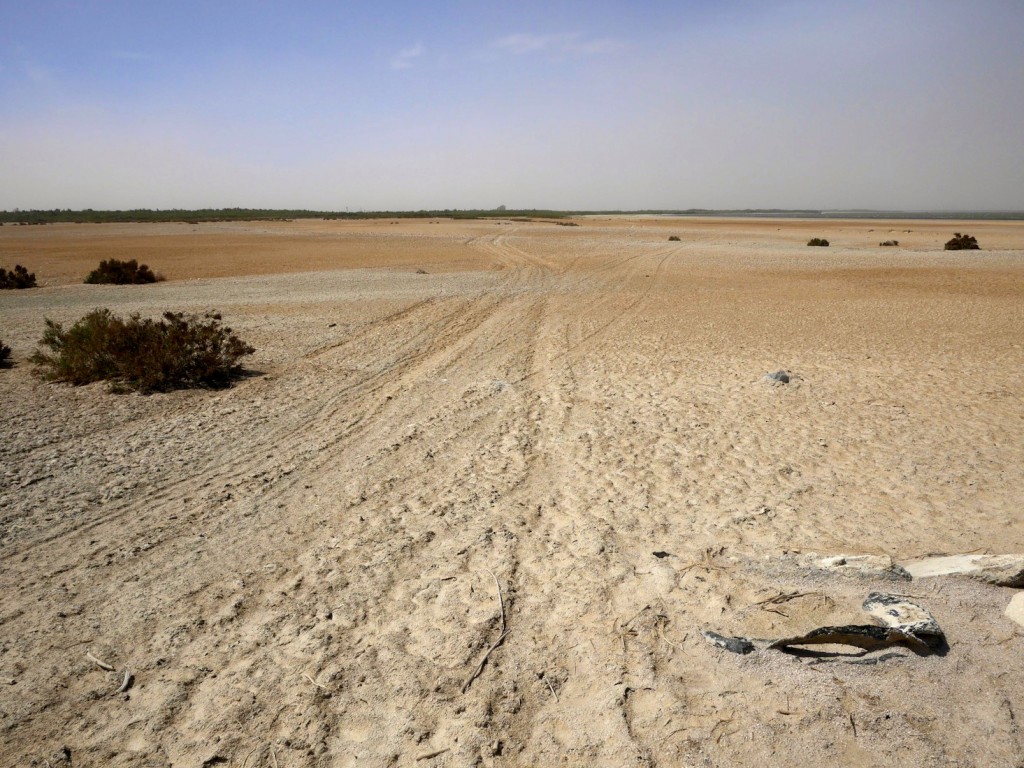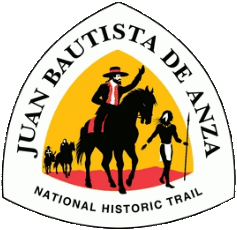Photo Gallery
Modern Stories Along the Anza Trail
Neal: Historian
Listen to an interview with Neal
Interview Text
Interviewer: Well, I’m sitting here in the Desert Museum of Ocotillo with the Director. Your name is?
Neal: Dr. Neal Hitch.
Interviewer: And, what is the overall mission of the Desert Museum?
Well, our mission is to um, interpret, preserve, and celebrate the deserts of southern California. As a desert museum, and as an idea in the community, um, we, we serve the percentage of the community that either is interested in playing in the desert, or interested in preserving the desert. And so, that’s a real interesting mix because, in many ways, those two constituencies are at opposite ends.
Um, but really, what we’ve found in the last couple of years, and it was a struggle the first year, but this year, for sure, that the museum tends to be a mediator between those two communities.
One, is because, if the desert isn’t used, it’s, it is going to be, um, it’s not appreciated. And when it’s not appreciated, things that aren’t appreciated can be lost.
And so, one of the things that we’ve found is we are trying to get more and more people to engage with how unique and special the desert is here, in Imperial in Imperial County. And, um, by doing that, by hiking, um, off-roading, um, camping, kind of being in the desert, what you do is, you kind of begin to appreciate the unique eco-systems that are here. And that’s where preservation begins.
When I first started going into classrooms here, and talking about the desert, I would, um, say like ‘How many people have ever been to the… how many people know who the Kumeyayaay People. are? Not a single Ute kid in any classroom would have any idea.
Or, ‘How many people have ever hiked in the desert?’ Not a single kid in any classroom. ‘How many people know that we have more earthen art work on our deserts here, than anywhere outside of Nazca, Peru?’ No one has any idea what that is.
So, when you come into a community, and you try to argue that we should be preserving this earthen artwork and archeology sites in the desert, and no one has any idea it’s here, has never seen it, that is… the message of preservation is lost. So, what we’ve done from day one is tried to get people into the desert. Try to see these things. And when you come to have some experience, and I’ve been out in the desert with people with their first experience, that have been almost spiritual in understanding that this isn’t… crappy piece of land that, you know, is good for nothing. But this is an amazing place.
Like you… it’s a sea-change of attitude. And, uh you know, we certainly have not changed the attitudes of everyone, right, but we are starting, and we are seeing almost weekly on our programs, that that’s working. That we’re seeing people that really, had never been in the desert before, and find that the desert is pretty cool. They actually like it. And then they come back, in program after program.
I have a unique perspective on communities. I have an absolute love of the diverse landscapes we have globally. And, I was extremely taken, uh, by the desert, and when I interviewed here, extremely taken by this devotion of this handful of … my board, the board of directors that was running this museum. This handful of local people that have been working so long to try and open a museum, that I just…, I can’t believe the tenacity and drive, um, that they’ve had with almost no local expertise helping them.
